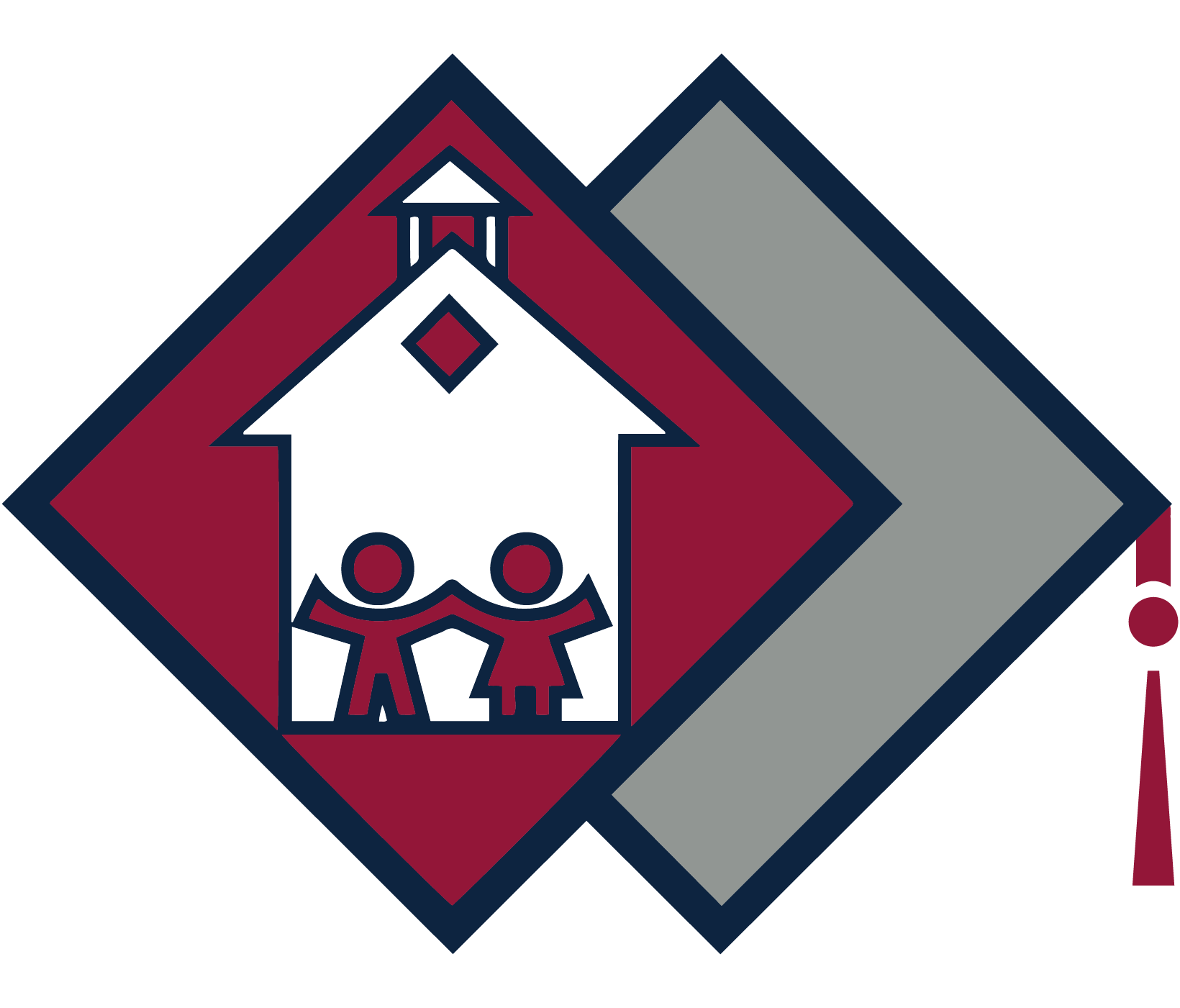Skip to content
Show submenu for Our District
Our District
Show submenu for Programs & Learning
Programs & Learning
Show submenu for Departments
Departments
Show submenu for Resources
Resources
Parent Resources
Show submenu for Staff Resources
Staff Resources
School Supplies
Show submenu for
